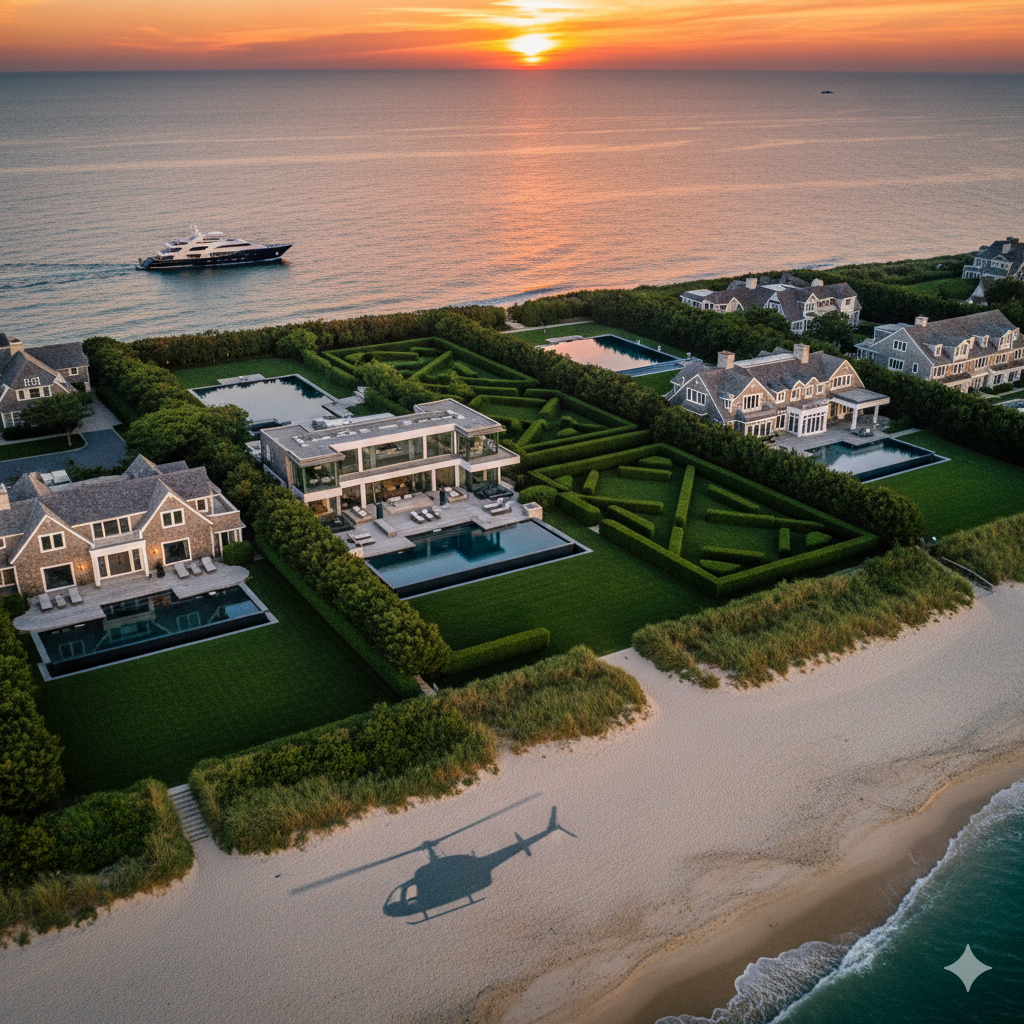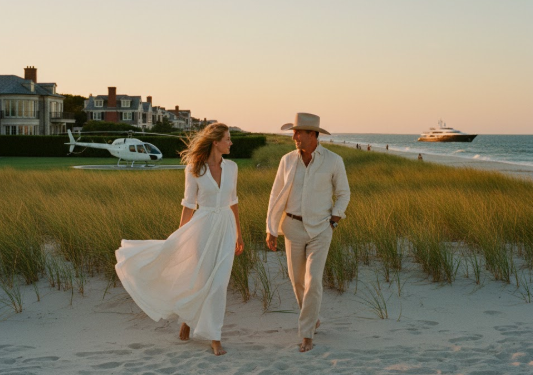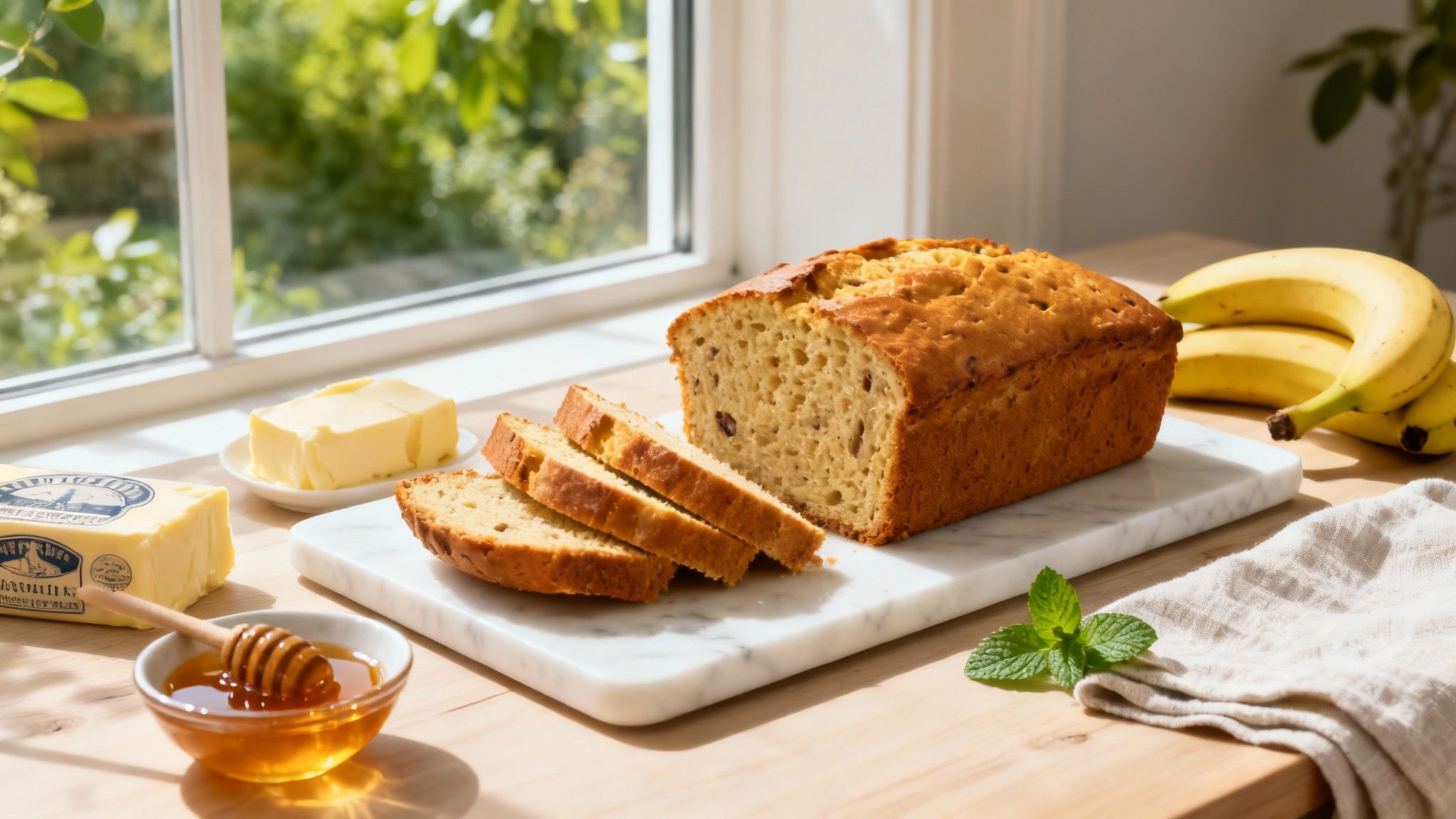The luxury market is twitching back to life. After months of stagnant growth and cautious consumer behavior, LVMH’s third-quarter performance suggests something important: the wealthy are ready to spend again. For those tracking where money moves next, this matters.
The Paris Benchmark Everyone’s Watching
LVMH returned to growth in Q3 2025, marking its first revenue increase since January. Overall revenue advanced 1 percent to €18.3 billion, beating analyst expectations. More importantly, this shift signals broader momentum returning to luxury spending.
The luxury conglomerate owns everything from Louis Vuitton to Moët & Chandon. When LVMH moves, markets listen. Their Q3 bump wasn’t dramatic, but it broke a pattern. Fashion and leather goods still declined 2 percent, yet that’s better than the 3.5 percent drop analysts predicted.
Why American Tourists Are the New Power Players
U.S. consumers are driving the recovery. Between 2019 and 2024, American shoppers at LVMH’s Paris flagship increased threefold. This isn’t coincidence—it’s purchasing power on display.
Wealthy Americans are shopping abroad more than ever. Bank of America data shows 13 percent of U.S. luxury spending now happens overseas. The top 5 percent of earners increased international luxury purchases by 10.5 percent year-over-year. They’re hunting value, yes, but also experience.
This spending pattern creates a multiplier effect. Americans buy in Paris, then return to Manhattan and the Hamptons wanting the same brands. Consequently, luxury retailers are following the money eastward.
Manhattan’s Retail Renaissance Accelerates
Madison Avenue is experiencing a luxury land grab. In 2025 alone, French brand Goyard opened at 699 Madison. Dolce & Gabbana debuted a 23,000-square-foot flagship at 695 Madison. British jeweler Jessica McCormack launched her first U.S. store at 743 Madison.
At least 14 major real estate purchases by luxury retailers happened in 2023 and 2024 across Manhattan. LVMH, Kering, Prada, and Rolex are buying buildings, not just signing leases. This level of capital commitment signals long-term confidence.
Meanwhile, Broadway in SoHo saw average asking rents surge 24.1 percent in H1 2025. Upper Fifth Avenue jumped 17 percent. Columbus Circle climbed 14.9 percent. These aren’t modest increases—they’re market signals.
The Hamptons Property Boom Tells the Story
Manhattan and the Hamptons move together. Always have. First-half 2025 data confirms it: 138 homes sold for $5 million or more, a 32 percent increase from 2024.
Total Hamptons sales volume exceeded $2.87 billion in H1 2025, up 23 percent year-over-year. The median sale price crossed $2 million for the first time ever. Properties between $1 million and $5 million are moving fastest.
Trophy properties in the $60-$70 million range continue closing. However, Billionaire Lane in Southampton demonstrates that even ultra-luxury buyers want smart pricing. They’re active but selective.
Wall Street Bonuses Fuel Summer Spending
The connection between finance and Hamptons real estate is well documented. Bonuses drive purchases. Wall Street had a banner 2024, and that money is flowing into property and luxury goods.
Real estate brokers report increased open house attendance and appointment volume. Inventory rose 10 percent in Q1 2025, yet bidding wars still occurred on 11 percent of properties. Supply increased, but demand absorbed it immediately.
Luxury brands understand this cycle. Gucci reopened its Lido concept in East Hampton. Michael Kors partnered with Montauk Yacht Club for exclusive hotel packages. Ferragamo hosted a three-day pop-up at Topping Rose House.
Luxury Experiences Replace Impulse Purchases
Ultra-high-net-worth clients now prioritize experiences over goods. They still buy handbags and jewelry, but they’re also booking private yacht clubs and exclusive spa treatments.
Sisley Paris launched a summer spa at Montauk Yacht Club. Naturopathica opened a second Hamptons location at Topping Rose House. Baccarat Hotel New York partnered with The Roundtree in Amagansett for luxury packages with helicopter transfers.
This shift matters for brands. Clients want immersive experiences, not just products on shelves. Therefore, luxury retailers are building destinations, not stores.
What the Data Actually Predicts for 2026
McKinsey forecasts U.S. luxury market growth between 4-6 percent annually through 2027. That outpaces China (3-5 percent) and Europe (2-4 percent). America is luxury’s growth engine.
Jewelry and leather goods will drive gains. Both categories held value during 2024’s volatility. Fine jewelry sales surged 22 percent for pieces valued at $5,000 and above on resale platforms. Luxury handbags saw 13 percent buyer growth year-over-year.
Consumers are investing in pieces that retain value across seasons. They’re less interested in trends, more focused on craftsmanship and materials. This creates pressure on brands to deliver quality, not just hype.
The Chinese Tourist Factor Returns
Chinese shoppers are traveling again. LVMH reported their China revenue decline slowing to low single digits. That’s stabilization after months of double-digit drops.
Chinese tourists spent heavily in Europe and Japan during Q3 2025. However, they’re also returning to U.S. luxury markets. Manhattan retailers report increased international traffic, particularly from Asia.
This trend benefits both Manhattan and Hamptons luxury markets. Chinese buyers traditionally favor established brands with heritage. Louis Vuitton, Dior, and Hermès all fit that profile.
Why Smart Brands Are Betting on NYC Expansion
Printemps chose downtown Manhattan’s Financial District for its U.S. debut. Bold move. Research showed 145,000 people pass One Wall Street daily. Their collective spending power exceeds $9 billion.
The strategy makes sense. Luxury retail is following where affluent consumers live and work. FiDi offers lower rents than Fifth Avenue but similar demographics. It’s efficiency meeting opportunity.
Other retailers are watching. If Printemps succeeds, expect more luxury brands to explore unconventional Manhattan locations. The Upper East Side and SoHo won’t lose relevance, but competition for prime space will intensify.
Investment Pieces Drive Purchase Decisions
During economic uncertainty, luxury buyers gravitate toward assets that hold value. Hermès Birkin bags appreciate. Rolex watches appreciate. Mass-produced seasonal items don’t.
Brands responded by increasing prices on investment pieces. Chanel raised bag prices 6-8 percent. Louis Vuitton increased prices 1-4 percent. Hermès jumped 6.4 percent. They’re betting on scarcity and quality.
This creates a two-tier luxury market. Ultra-wealthy clients still buy regardless of price. Aspirational buyers become more selective. The middle ground—accessible luxury—is where brands like Coach are gaining share.
The Hamptons Summer Rental Market Reveals Patterns
Summer 2025 rentals started slow but recovered by July. Brokers reported 30 percent fewer bookings in April and May. Economic uncertainty and tariff volatility made affluent renters pause.
Then the market shifted. By late June, demand returned. Waterfront properties and luxury estates filled up. The lesson: high-net-worth consumers delay decisions but rarely cancel plans entirely.
For luxury brands, this pattern matters. Hamptons summer season represents concentrated wealth in a small geographic area. Pop-ups, events, and activations during peak season deliver outsized returns.
What This Means for Luxury Marketing in 2026
Brands need presence where their clients are. That means Manhattan flagships, yes, but also Hamptons activations during summer. Visibility during peak social season creates year-round impact.
Social Life Magazine documented this phenomenon across luxury categories. From automotive showcases to jewelry trunk shows, brands that create memorable Hamptons experiences generate long-term client relationships.
Digital amplification extends these activations. Instagram posts from East Hampton reach audiences globally. A well-executed summer event can drive sales through fall and winter.
The Return of Visible Consumption
Post-pandemic, luxury consumers became more discreet. That’s changing. LVMH’s Q3 results suggest people want to be seen spending again. Status signaling is back.
This matters for brands positioning themselves around exclusivity and heritage. Limited editions sell. Collaborations generate buzz. Anything that suggests scarcity or insider access performs well.
The Hamptons exemplifies this dynamic. Owning property on Billionaire Lane isn’t just real estate—it’s a statement. Shopping at exclusive pop-ups isn’t just commerce—it’s participation in a social hierarchy.
Strategic Plays for Luxury Brands Right Now
First, commit to Manhattan real estate. Leasing creates flexibility; ownership creates permanence. In a competitive landscape, permanence signals confidence.
Second, create Hamptons summer activations that feel exclusive. Partner with established venues. Offer experiences, not just sales. Document everything for social amplification.
Third, focus on investment pieces. Consumers are willing to spend, but they want assets, not liabilities. Quality and craftsmanship justify premium pricing better than marketing alone.
Fourth, court ultra-high-net-worth clients aggressively. They represent 2-4 percent of the client base but drive 30-40 percent of spending. Personalization and service matter here more than advertising.
The Bottom Line for 2026
LVMH’s Q3 growth signals more than a single quarter uptick. It represents a turning point after months of caution. The luxury market isn’t roaring back—it’s strategically advancing.
Manhattan and the Hamptons will capture disproportionate growth. American consumers lead global luxury spending. New York remains America’s luxury capital. The Hamptons offer concentrated seasonal access to the same clientele.
Brands that position themselves correctly now—through real estate commitments, strategic partnerships, and experience-driven marketing—will capture 2026’s growth. Those that wait will pay higher premiums or miss opportunities entirely.
Luxury is coming back. The question isn’t whether to participate, but how aggressively to position for what’s next.
Ready to position your brand in the luxury market? Feature your story in Social Life Magazine or explore advertising opportunities to reach the Hamptons’ most affluent audience.





